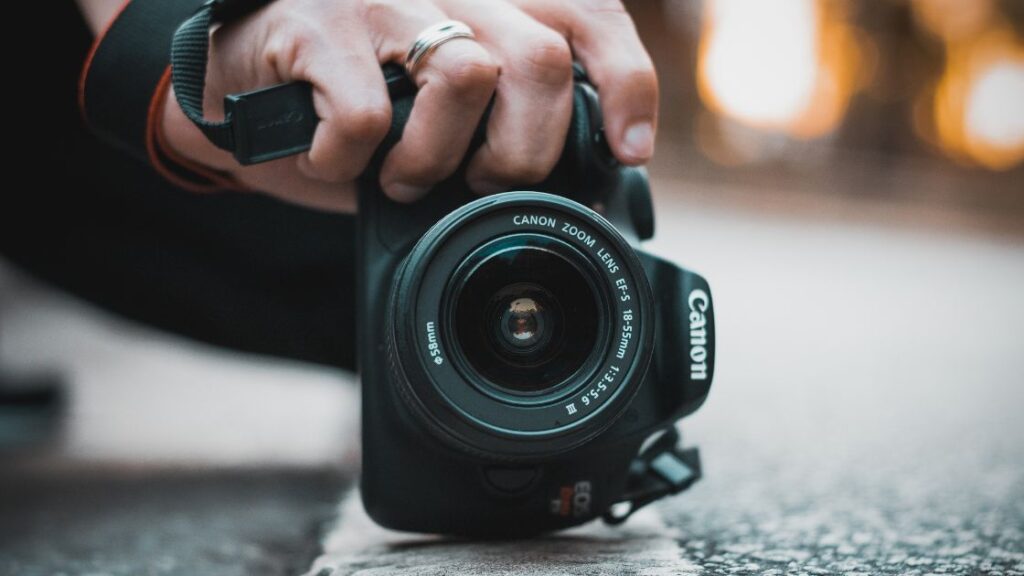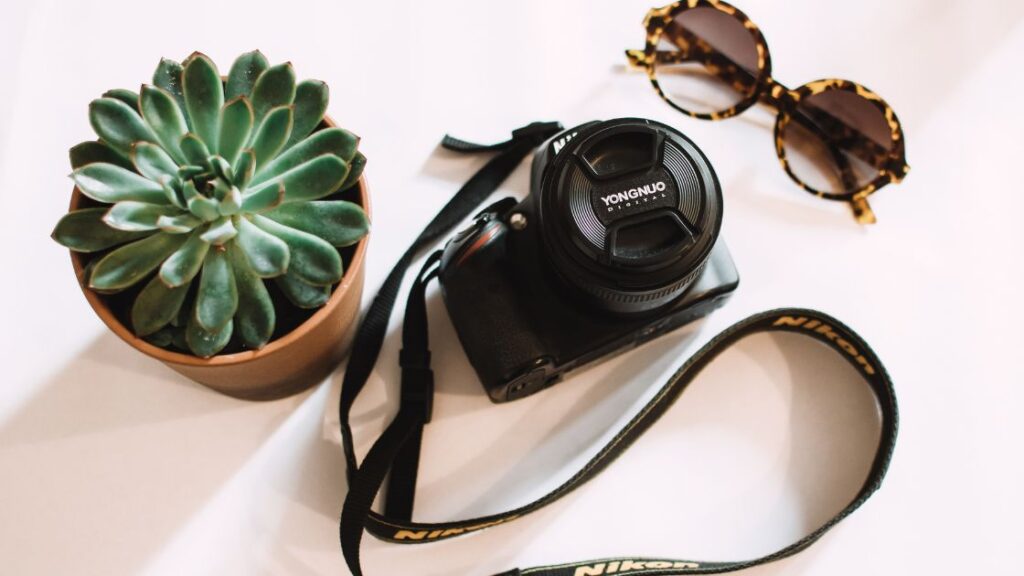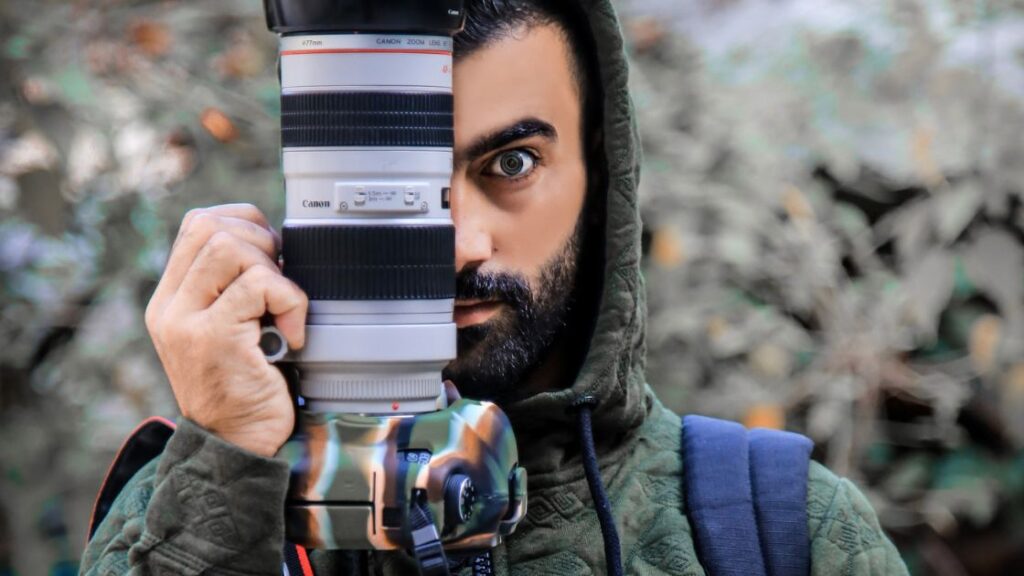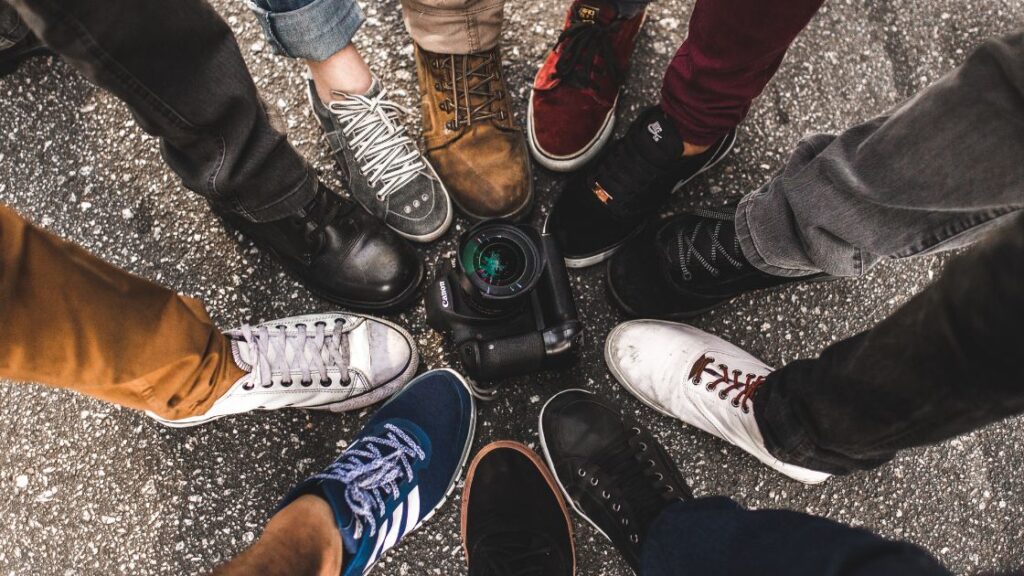As you are here, I assume you are aware that currently, DSLR camera are the first choice for most professional photographers. In case you are familiar with the name but don’t know much about them, DSLR stands for Digital Single Lens Reflex. The difference between DSLR and point-and-shoot cameras is that the former record light (and therefore an image) onto an electronic sensor directly while later mentioned relatively advanced technology uses a mirror to bounce the light from a scene through an internal system and into a viewfinder or an electronic sensor, in the case of an open shutter.
Furthermore, DSLR cameras offer you switchable lenses, giving you a wide range of choices in regard to focal lengths and quality.DSLR also has an upper hand on shutter and focus speed and overall better image quality
Now that we are clear on this now let’s get to what to look for when you are going for a purchase
1. Sensor Size matters

DSLR cameras are known for better and larger sensors. The larger the sensor, the better it is. Yes, the size does matter here. Actually, sensors are the core essence of digital cameras. They are to DSLR cameras what hearts are to us and what light-sensitive films were too old fashioned cameras. Do invest in sensor size.
2. ISO performance is important
ISO performance means how sensitive to light your camera is. The more sensitive it is, the better. The most basic DSLR offer ISO capabilities ranging from 100 to 1600, with 100 meaning low sensitivity to light while 1600 meaning high sensitivity to low light. This implies larger the number of ISO capabilities the better image you will be taking in dark. THE top ISO available is as high as3200, 6400, and 12800!
3. Megapixel is not much worth the fuss

Let’s just first bust the megapixel myth. A megapixel does not equal image quality. In fact, a megapixel has little to do with the quality of images you are going to capture. Megapixel only counts if you are planning to actually get a print of images. Megapixel will affect the size you will be able to print out the image in without destroying the quality. Don’t buy into megapixels if you are not planning on printing the pictures you take, simple as that.
4. Optical Zoom rather than digital zoom

When it comes to camera technology, you may have heard the terms “optical zoom” and “digital zoom” being used. But what exactly is the difference between the two, and why is optical zoom generally considered to be superior?
Optical zoom refers to the ability of a camera lens to physically zoom in on a subject, using a mechanism that moves the lens elements closer or farther apart. This allows you to get closer to your subject without physically moving closer, allowing you to capture detailed, high-quality images.
Digital zoom, on the other hand, is a feature that enlarges a section of the image by cropping and enlarging the pixels. While this may seem like a convenient way to get closer to your subject, it often results in a loss of image quality, as the enlargement process can introduce noise and distortion into the image.
Because of this, it’s generally recommended to use optical zoom whenever possible. Optical zoom allows you to maintain the full resolution and quality of the image, resulting in clearer, sharper photos. It’s especially useful for capturing detailed shots of distant subjects, such as wildlife or landscapes.
That being said, digital zoom does have its place in photography. It can be useful for quickly framing a shot or zooming in on a specific detail, as long as you’re aware of the limitations and potential loss of image quality.
In summary, optical zoom is generally considered to be superior to digital zoom due to its ability to maintain image quality and resolution. If you’re looking to get the best possible image quality, it’s best to opt for a camera with a good optical zoom range. Just be sure to understand the limitations of both optical and digital zoom, and choose the one that best fits your needs and goals.
5. Cost counts

Lastly, the cash you are throwing in. Of course, you have to stay within budget and be mindful of your pocket. You don’t want to spend more than you can afford. Let’s be real you only want a camera that can help you learn and improve your photography skills. You are going to end up buying another improved camera someday sooner or later. So for the time being buy smartly and go with what you can afford easily.
Also, the cost will be affected by the place you chose to buy from, so do your research along those lines too. Compare prices of the same article across the stores, online, and on the counter. While budgeting does account for the basic accessories (for example memory card, tripod, carrying bag, and cleaning kits) you will have to buy.
Summary
So, by now you understand what DSLR actually is, and what makes it stand out from regular ‘point and shoot’ cameras. Hopefully, you now have an understanding of the basic features of DSLR cameras. You are also aware of what to look for and what not to look for.
We hope this article was helpful for you and wish you very good luck with your purchase and learning process of photography.
Your First Car








